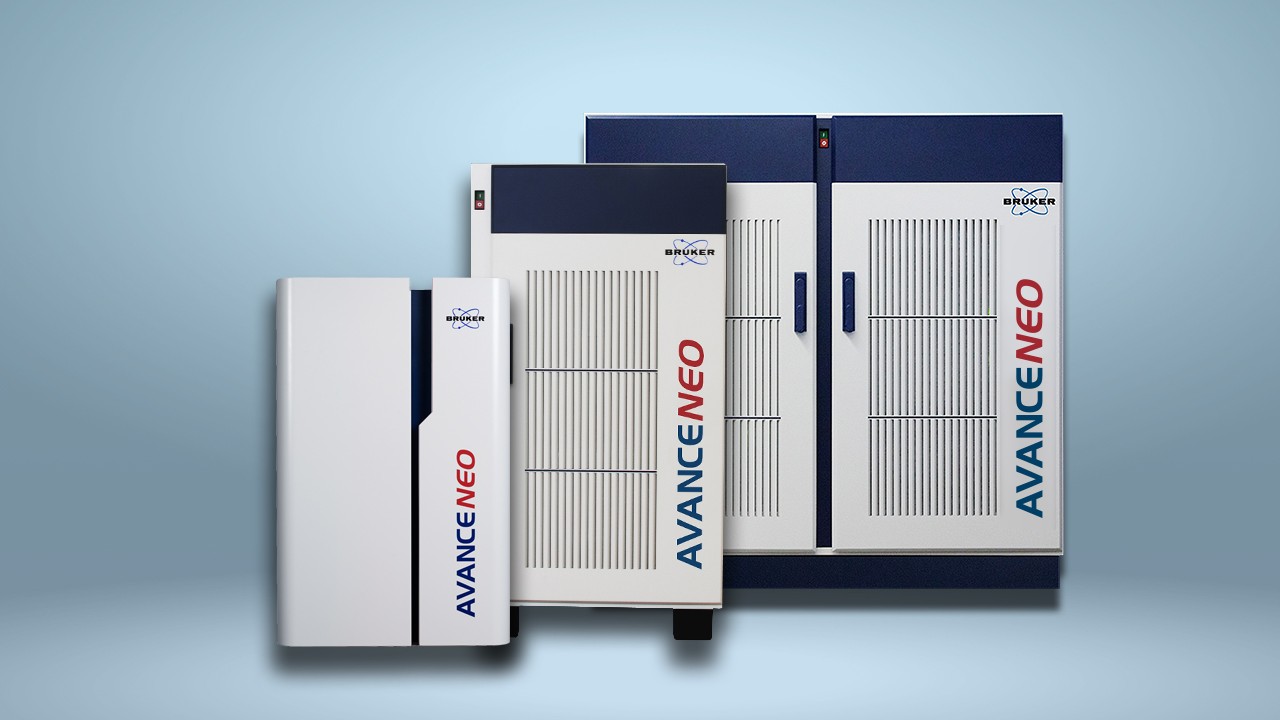

Conjugation of NSAIDs with Phospholipids can Reduce their Toxicity
“These results confirmed our earlier observations that phospholipid derivatives of active compounds are less cytotoxic than the compounds themselves”
The non-steroidal anti-inflammatory drugs (NSAIDs) ibuprofen and naproxen are widely used to reduce inflammation and relieve pain. NSAIDs are a large heterogeneous group of compounds that possess anti-inflammatory, analgesic, and antipyretic actions. The most well-known NSAIDs, such as ibuprofen and naproxen are derivatives of 2-arylpropionic acid.
NSAIDs achieve their therapeutic effects through inhibition of the enzyme cyclooxygenase-2 (COX-2). Lack of specificity, however, results in some inhibition of the related enzyme, cyclooxygenase-1 (COX-1). It is this inhibition of COX-1 that gives rise to the undesirable side effects of ibuprofen and naproxen on the gastrointestinal tract. The resultant loss of its homeostatic effects leads to damage of the mucous membrane and consequent bleeding and perforation with prolonged use.
As NSAIDS provide effective control of pain and inflammation, they tend to be co-prescribed with agents to protect the stomach lining rather than sacrifice the beneficial actions they provide. The risk of gastrointestinal toxicity, however, persists and so there remains a need to create new generations of NSAIDs with fewer side effects. Indeed, many novel NSAID derivatives have been created in attempts to reduce the toxicity whilst maintaining the desired anti-inflammatory action.
A popular approach for improving the tolerability of drugs is combining them with phospholipids, which are non-toxic and biocompatible. Previous studies have reported that a mixture of an NSAID and phosphatidylcholine results in stronger activity and lower toxicity in animal and human cells compared with using the NSAID alone. Furthermore, phospholipid-linked drugs have been shown to have greater bioavailability.
A recent study evaluated the cytotoxicity of eight phosphatidylcholines linked with either ibuprofen or naproxen. Phosphatidylcholines have previously been conjugated with ibuprofen, but the current research achieved it with a simpler synthetic pathway. The phosphatidylcholines containing ibuprofen or naproxen were synthesized in a one-step synthesis by mixing highly pure sn-glycero-3-phosphocholine with the relevant NSAID.
The structures of the resultant compounds were confirmed by NMR spectroscopy using a Bruker Avance II 600 MHz spectrometer. Characteristic 1H and 13C NMR spectra of the two compounds indicated the presence of ibuprofen and naproxen moieties.
The cytotoxicities of ibuprofen, naproxen, and their phospholipid derivatives were investigated using a WST-1 cell proliferation assay. Toxic effects were studied in the cancer cell lines human promyelocytic leukaemia HL-60 cells and human colon carcinoma Caco-2 cells as well as in healthy porcine epithelial intestinal IPEC-J2 cells.
The phosphatidylcholines containing ibuprofen or naproxen moieties were synthesized in good yields with high purities.
Toxicity assays revealed that the phospholipids with the NSAID conjugated at the sn-2 position were less toxic than the NSAID applied alone in all cell lines tested. In the case of human leukemic HL-60 cells, ibuprofen was non-toxic up to a concentration of 100 µM. The derivative 2-lysophosphatidylcholine remained non-toxic at a concentration of 200 µM. In contrast, phospholipids with an NSAID at both sn-1 and sn-2 positions were more toxic than ibuprofen or naproxen alone. Compared with the ibuprofen phosphatidylcholines derivatives, fewer of the naproxen-containing phosphatidylcholines were found to be significantly less cytotoxic (up to a concentration of 200 µM) than free naproxen.
The authors concluded that the current study confirmed earlier observations that phospholipid derivatives of active compounds are less cytotoxic than the pure compounds. In addition, they suggest further studies to investigate the utility of phospholipids as carriers of NSAIDs.
References
Kłobucki M, et al. Syntheses and cytotoxicity of phosphatidylcholines containing ibuprofen or naproxen moieties Scientific Reports. 2019;volume 9:article 220. https://www.nature.com/articles/s41598-018-36571-1#Sec6


